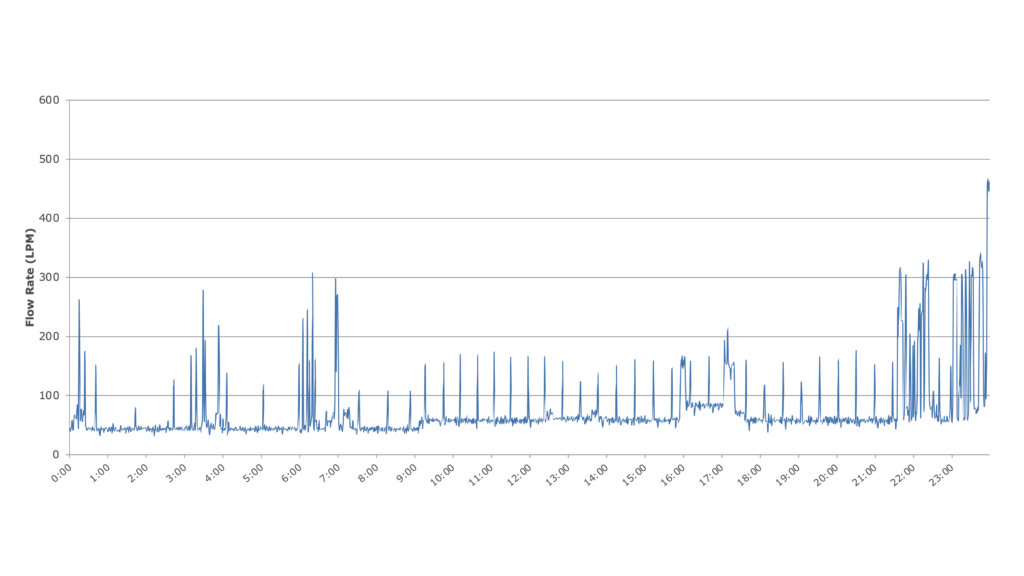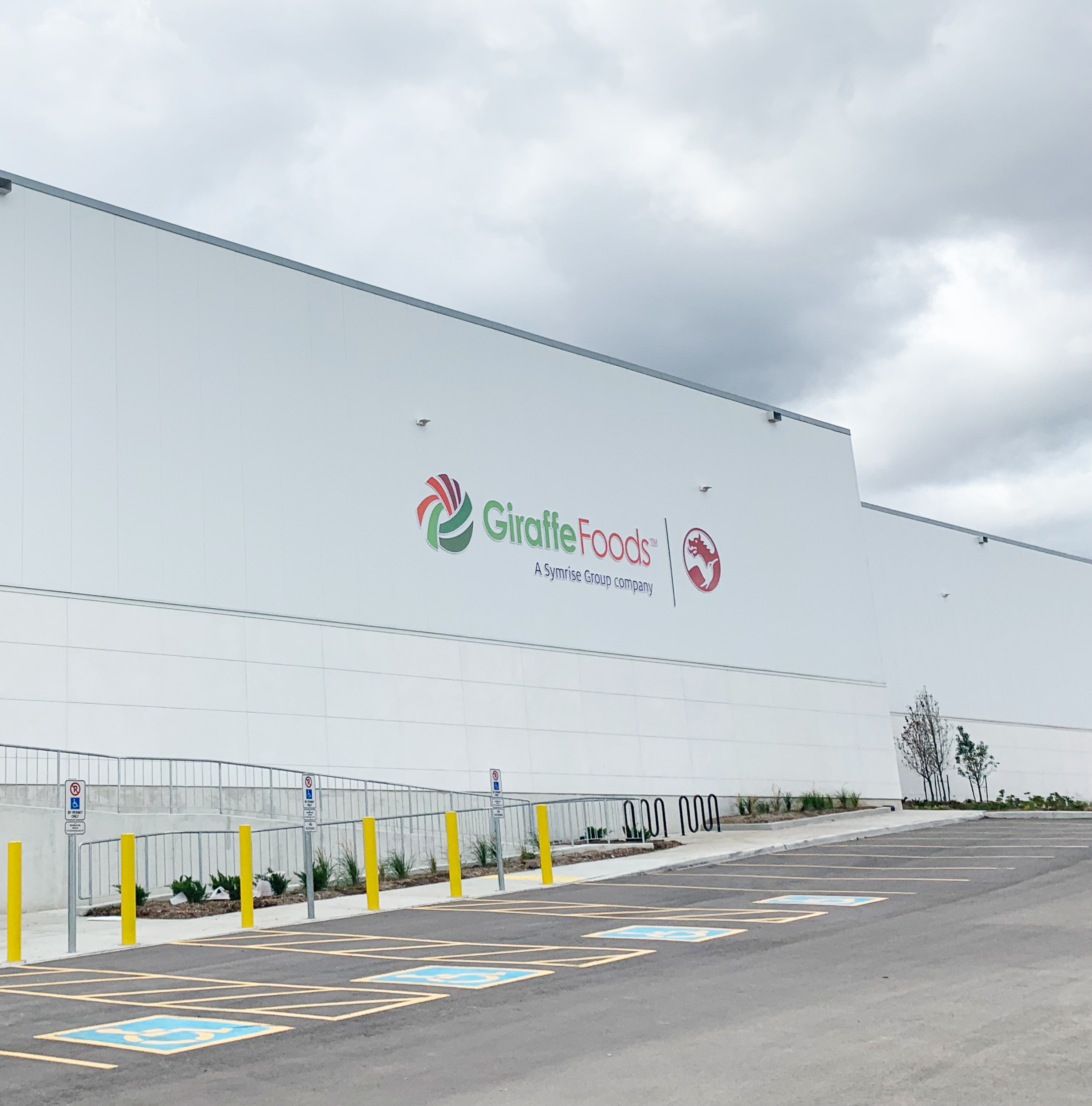About Enviro-Stewards
Enviro-Stewards Inc., a member of Partners in Project Green, is an environmental engineering firm and certified B Corporation whose mission is to help build sustainable businesses and improve lives in extraordinary ways. They work with companies to sustainably conserve energy and resources, optimize yield, and profitably reduce environmental footprints.
They also founded Safe Water Social Ventures (SWSV), which is celebrating its 20th anniversary in 2024. SWSV helps establish social ventures that empower sustainable change for communities in East Africa that don’t have access to safe drinking water.
About Giraffe Foods
Giraffe Foods, a Symrise Group Company, is an industry leader in developing custom sauces and private label sauce manufacturing for industrial, retail, and foodservice applications. Located on Drew Road in Mississauga, Ontario, they’ve been perfecting their craft for over 25 years, applying everything they’ve learned to each new challenge.
In 2024, Giraffe Foods was recognized for a consecutive year as one of the Best Workplaces™ in Manufacturing by Great Places to Work®. They continue to create ways to make their operations more efficient and sustainable, generating both environmental and economic benefits.
The Business Case for Water Conservation
Water audits are an ideal way for industrial, commercial, and institutional (ICI) facilities to save money and reduce their environmental footprint. As water rates continue to increase every year in most jurisdictions in Ontario, reducing water consumption is an ideal method to respond to these increased costs because the economic savings go directly to a facility’s bottom line. Furthermore, it reduces the facility’s demand on local water resources, freeing up capacity for additional users in growing communities.
Features of a Water Conservation Audit
A water audit usually starts with an analysis of historic water consumption to establish consumption baselines throughout the year, seasons, and production schedules. For example, a beverage company’s water consumption baseline might increase in late winter or early spring in advance of peak demand for their product during the summer season. Understanding these baselines can help the company evaluate if their water consumption is on track with expected consumption. If more water is being used than anticipated, it could indicate a problem that needs to be addressed to return consumption to normal levels. Some water conservation audits can also include generating a facility-wide water balance by installing temporary or permanent sub-meters on major water consuming processes.
Water Conservation at Giraffe Foods’ Drew Road Production Facility
Giraffe Foods had previously participated in the Region of Peel’s Indoor Water Audit program, which provides a free walkthrough water conservation assessment for businesses in the Region. Enviro-Stewards conducted the Peel assessment, which included metering the facility’s water main for several weeks using a clamp-on flow meter. The project identified a baseline water use over the weekends (when there was no production), which reached close to 60 litres-per-minute (LMP) on a Sunday (as shown in Figure 1).

Between the final sanitation shift of the week and the start of production the following week, there should not be any water consumption.
During a later independent project with Giraffe Foods, Enviro-Stewards noted that the baseline consumption identified during the Peel water conservation project was still occurring. To explore the baseline water use further, Giraffe Foods requested that Enviro-Stewards conduct a detailed water conservation assessment.
Water Conservation Audit Findings
To more easily identify the source(s) of the anomalous water use, the water conservation assessment was completed on a Saturday when there were no production or sanitation activities.
On Saturday morning the team installed a clamp-on ultrasonic flow meter on the main meter to record minute-by-minute flow data throughout the duration of the investigation. The initial baseline water flow recorded by the ultrasonic flow meter was 60 litres-per-minute (LPM).
During the investigation, 5 major areas of water losses were identified throughout the facility. The areas of water loss included water flow due to a back-pressure valve, a faulty level sensor in a water tank, a leaking water pipe, cooling water overflow, and a valve that was left open by accident.
Figure 2 below graphs the facility’s water consumption from 9:00 am (when the assessment started) to 4:00 pm (when the assessment ended). Photos of the equipment and processes from the 5 areas described above that were contributing to the baseline flow are included at the relevant times on the graph. The drop in water consumption at each time stamp indicated by a photo corresponds to when the excessive water consumption was identified and reduced. As seen in the figure, once the major areas of water loss were identified and addressed, the baseline flow was reduced to almost 0 LPM.

Quantified Savings and Next Steps
It is estimated that resolving the baseline consumption will save the facility 39,000 m3 of water per year. To maintain these savings, Giraffe will periodically monitor its water use to make sure the weekend baseline is not increasing again. If weekend water consumption does increase, another water assessment can be conducted to find and fix the root cause(s) of the excessive water consumption.
Water audits are a valuable tool to help identify inefficiencies and opportunities for improvement. In addition to providing cost savings for ICI facilities, they can contribute to water conservation measures that will lead to better stewardship of this precious resource and reduced carbon impact associated with treating, distributing and, managing water.
To learn more about water audits and the types of water conservation programs offered by your municipality, visit Partners in Project Green Water Efficiency Resources.

